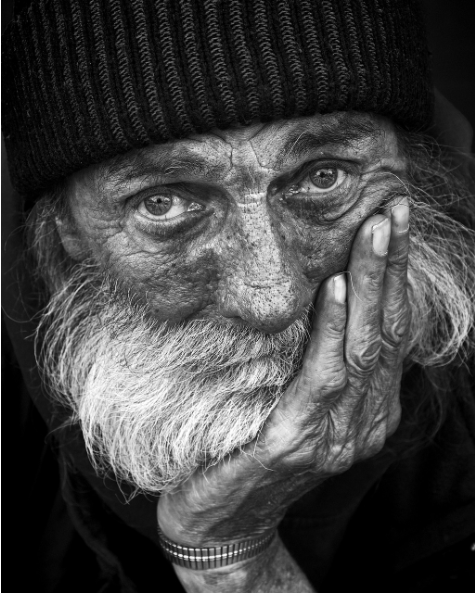As the U.S. economy slows down, those at the bottom of the economic food chain are being hit the hardest. Homelessness is surging, the number of Americans living in poverty is rising, and more Americans are considered to be among “the working poor” than ever before. Unfortunately, we are witnessing a historic economic shift right now, and economic conditions are only going to get even more harsh during the months ahead. Needless to say, that is really bad news for all of us.
According to a report from Harvard University, approximately 650,000 Americans were homeless at some point last year. That represented an increase of nearly 50 percent from 2015…
A January 25 report from Harvard’s Joint Center for Housing Studies estimated that over 650,000 Americans experienced homelessness in 2023—up almost 50% from 2015. Costs of renting and home ownership have skyrocketed while wages largely stagnate. The Harvard report found that half of U.S. households are “cost-burdened” (meaning that 30-50% of monthly income goes to housing), and 12 million people are “severely cost-burdened.” These Americans stand one accident, health setback, or employment disruption away from eviction.
During the past several years, scores of tent cities have sprouted like mushrooms in and around U.S. cities from coast to coast.
One 32-year-old woman named Brandy that is living in a tent city near Winterhaven, Florida says that she has been living there for five years and literally has nowhere else to go…
Deep in the woods outside of Winterhaven, Florida, are a cluster of tents and tarps. There are 46 people that live in this homeless encampment, including Brandy C., who has been there for five years.
“I just made a mistake and I’ve been stuck here since. I’m trying to fix it and I can’t,” Brandy told Scripps News Tampa.
The 32-year-old said the homeless camp is not the safest environment, but it is somewhere she can lay her head at night. However, it could soon be taken away.
“They tell us, ‘y’all know y’all fixing to have to leave,’” Brandy said. “We’re like, ‘so where do we go?’”
These are the forgotten people that our politicians don’t like to talk about.
And their ranks are growing with each passing day.
In Denver, officials have spent 274 million dollars to fight their homelessness crisis, but the area has still “added more homeless individuals than any other metro region in the country since 2018″…
Metro Denver’s homeless crisis has worsened and become among the most acute in the nation despite the city of Denver contracting for at least $274 million from 2021 through 2024 to keep people off the streets.
The Denver metro region has added more homeless individuals than any other metro region in the country since 2018, according to key metrics collected by the federal government.
Like we are seeing in so many other cities, mass migration has been playing a major role in Denver’s homelessness crisis.
We can’t even come close to taking care of the hundreds of thousands of Americans that are already homeless, and more deeply impoverished people are constantly being allowed to pour over our borders.
Meanwhile, the number of Americans that are living in poverty and the number of Americans that are considered to be among “the working poor” both continue to increase.
As I discussed last week, more than 11 percent of Americans are officially impoverished, and another 29 percent are “Asset Limited, Income Constrained, Employed”…
Over time, higher costs and sluggish wage growth have left more Americans financially vulnerable, with many known as “ALICEs.”
Nearly 40 million families, or 29% of the population, fall in the category of ALICE — Asset Limited, Income Constrained, Employed — according to United Way’s United for ALICE program, which first coined the term to refer to households earning above the poverty line but less than what’s needed to get by.
That figure doesn’t include the 37.9 million Americans who live in poverty, comprising 11.5% of the total population, according to data from the U.S. Census Bureau.
Do you understand what this means?
More than 40 percent of the U.S. population is either homeless, living in poverty or among the ranks of the “working poor”.

